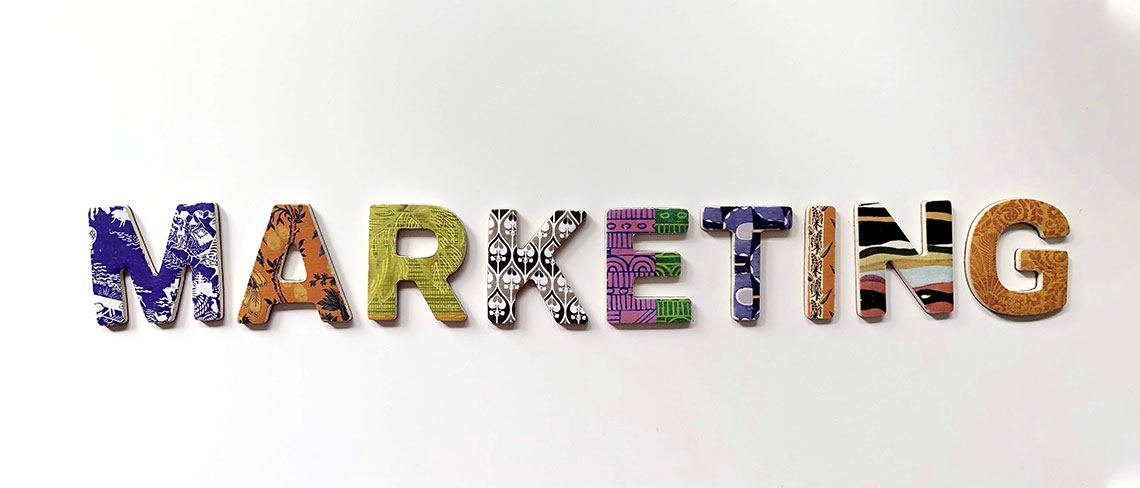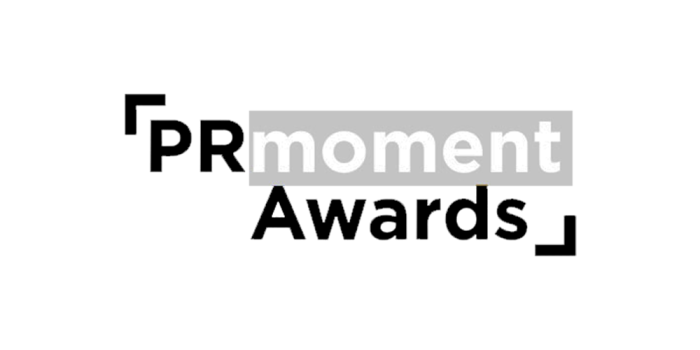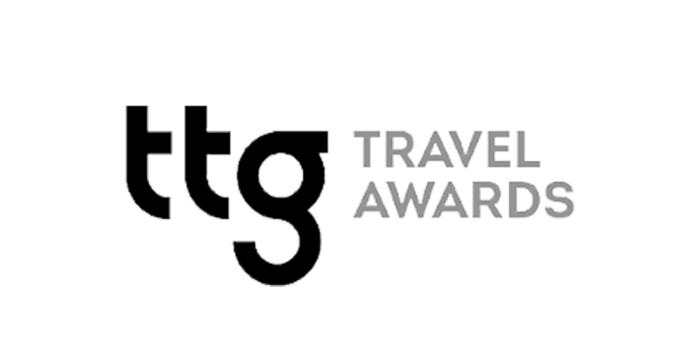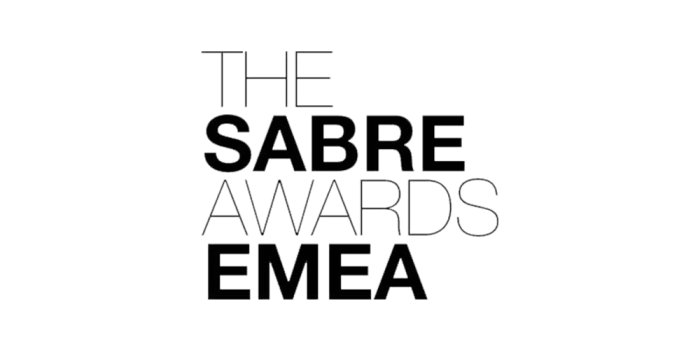
It’s millennial, it’s easy, it’s on places like YouTube and Instagram and it’s a phrase that many comms and marketing people may have already heard enough of. Influencer marketing. It’s the next silver bullet of marketing and promotion with the promise of huge reach, easy (or no) production investment and your messages and product being swallowed up by millions without being consumed as ads. It’s young, it’s hip, it will have internet people eating from the palms of your hands and it will certainly bag you that next promotion.
And yes, it can also be very expensive.
And yes, it may make absolutely no impact on your marketing objectives.
But, like all revolutionary new marketing methods, things are growing up and we should all be grateful.
In a recent report, The Drum stated that ‘93% of celebrity influencers don’t signpost ads correctly on Instagram’. Should influencers acknowledge paid posts to their audience? Is it advertising or influencing and how are the two any different? Whatever it is, its a blurred line that needs to be clarified.
Earlier this year the Committee of Advertising Practice (CAP) issued new guidelines for brands working with influencers. They believe followers must be made aware that what they are tuning into is an #ad or #promo. Getting influencers to state whether the post is sponsored can be both a negative and positive mechanism when promoting a brand.
When a consumer is aware that the post is sponsored they can be turned off by what the influencer is saying, because they know they are being paid (handsomely) for it. On the other hand, when a follower is aware that the post is paid for, they are conscious that the influencer is promoting a product they believe in / have a connection with, be it because of their lifestyle, health or fashion sense.
The good news is that Instagram is launching a feature to provide a new level of clarity on paid posts and influencer relationships. This will work positively for brands and influencers, as they will be able to track exactly how the post is performing. The tool is to be released over the next few week, so keep your eyes peeled.
This is where the influencers, be they Instagrammers or YouTubers earn their money, by demonstrating they can keep their followers entertained, engaged and clicking on their content even when they can see the #AD tag in their post.
When it comes to brands sourcing influencers, brands need to know the right questions to ask. It is imperative that they ensure whoever they collaborate with is ‘genuine’, both in terms of following the CAP guidelines, and also that the influencers’ follower numbers are genuine. While you often find most social profiles (be them ‘influencers’ or not) have a handful of ‘fake’ followers, it’s amazing how many ‘influencers’ have a scarily high percentage of non-existent followers. Advertisers collaborating with influencers with a large number of fake followers put themselves at risk, not least by the fact that they may not have the expected or desired outcome.
A brand paying an influencer based solely on their number of followers is risky business. Though many ‘buy followers’ sites have been shut down, it may simply be safer to either target micro-influencers who have a smaller, but targeted and authentic audience, or employ effective programmes that distinguish fake followers to help with your decision-making process.
Influencer marketing may promise a significant impact and return, (like most marketing tactics) so, just as you would when signing off on a PR campaign or PPC project it is imperative for brands and agencies to do their research and know the right questions to ask.
By Andonia Kailis






